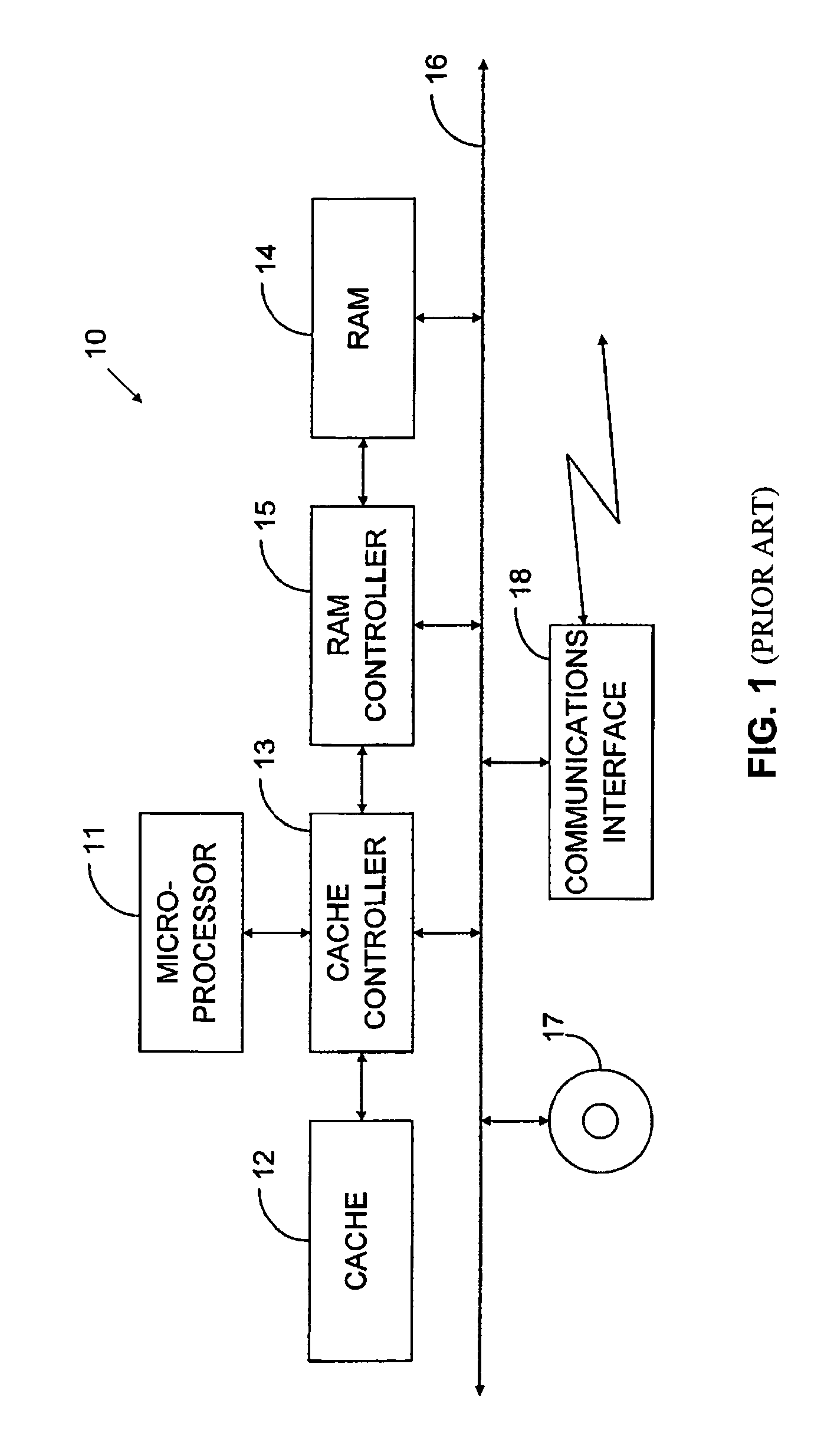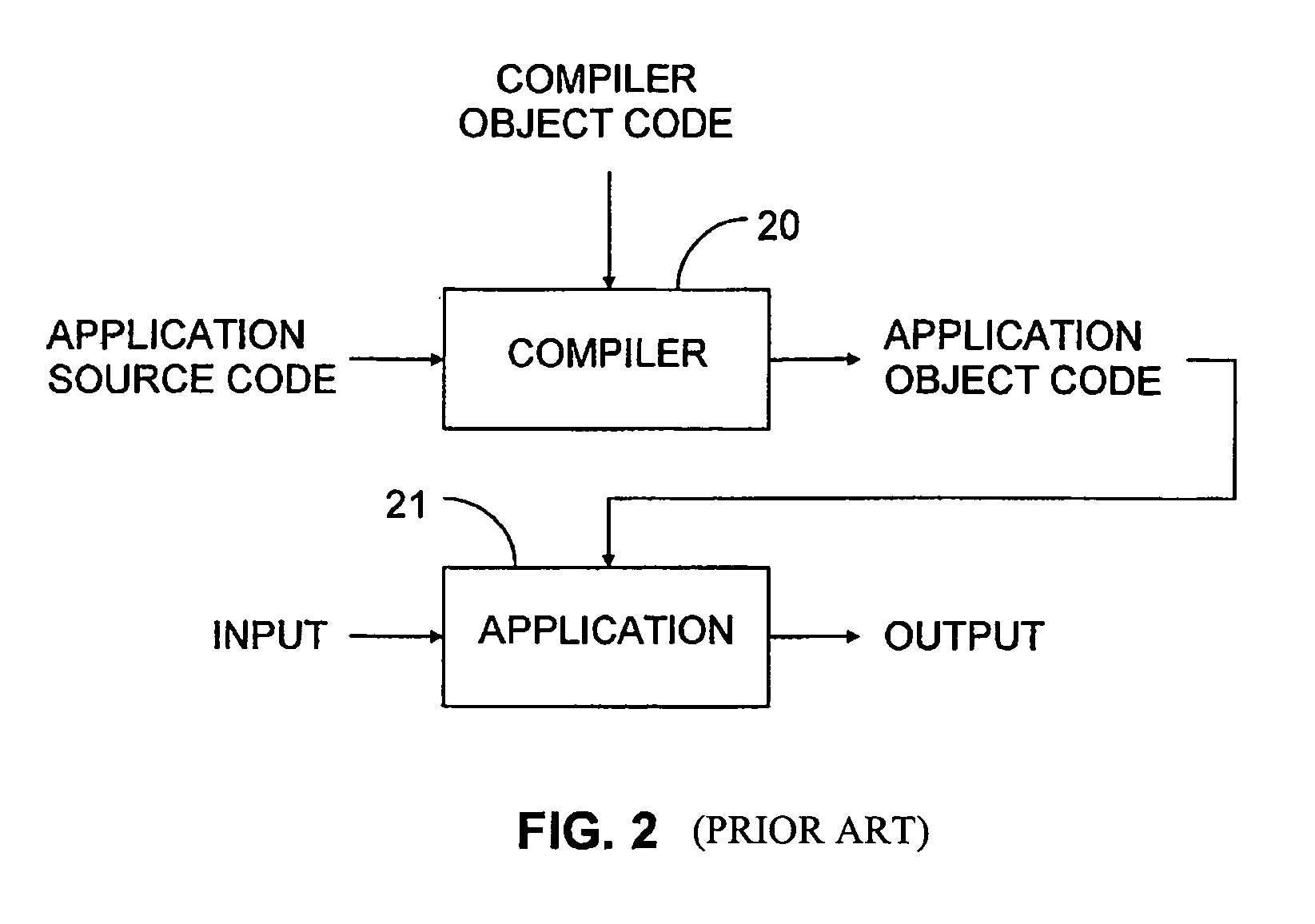Scanning of evacuated objects in a generation managed by the train algorithm
a technology of train algorithm and object, applied in the field of memory management, can solve the problems of increasing the memory requirements of the system, the difficulty of restricting the storage requirements to the available memory space, and the effort expended in the task of allocating memory to data objects, so as to recording, and improve the efficiency of scanning.
- Summary
- Abstract
- Description
- Claims
- Application Information
AI Technical Summary
Benefits of technology
Problems solved by technology
Method used
Image
Examples
Embodiment Construction
[0135]It will be apparent that the invention's applicability is not limited to collectors that employ the train algorithm. Even in those that do, the implementation of that algorithm need not be the same as the one described above in connection with FIGS. 8A, 8B, and 9-11, or 13A and 13B.
[0136]Cars or car sections as described hereinabove are examples of objects whose properties may determine what operations need to be performed on them, or in what manner those operations need to be performed. It may be efficient to keep track of the functions or operations to be performed on or with an object such as a car or car section, or of how those functions or operations are to be performed, in a vtable associated with that car or car section. A vtable is a collection of pointers, one for each operation listed in the vtable. One pointer corresponds to each function or operation to be performed on the object, and, depending on the current state or prior history of the object, it may point or ...
PUM
 Login to View More
Login to View More Abstract
Description
Claims
Application Information
 Login to View More
Login to View More - R&D
- Intellectual Property
- Life Sciences
- Materials
- Tech Scout
- Unparalleled Data Quality
- Higher Quality Content
- 60% Fewer Hallucinations
Browse by: Latest US Patents, China's latest patents, Technical Efficacy Thesaurus, Application Domain, Technology Topic, Popular Technical Reports.
© 2025 PatSnap. All rights reserved.Legal|Privacy policy|Modern Slavery Act Transparency Statement|Sitemap|About US| Contact US: help@patsnap.com



